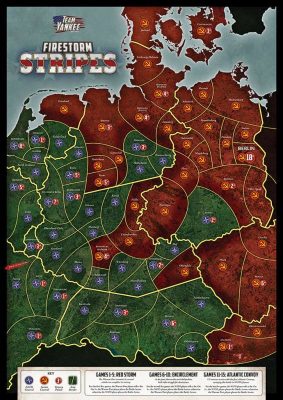by Dennis ‘Matt Varnish’ Campbell
Wait what? Ancients? Medievals?
I’ll be honest I had ZERO interest in wargaming this period until I started attending HMGS events a few years ago. Every single Cold Wars, Fall-In or Historicon had a lot of tables with ancients being played, and tournaments as well in scales such as 15mm, 25/28mm.
While my only games at the time were Flames of War and then later Team Yankee, I would still walk over and take a tonne of pictures and gawp at the nicely painted armies. What seemed crazy to me was that you could play just about anything and the rules covered it, for example you could have Egyptians vs the Ming Dynasty, Persians vs Aztecs.
As it turns out, my good friend Scott Roach (NDNG author Obsidian23) had boxes and boxes of ancients in his gaming basement, and a deal was struck. I would grab his 28mm Romans, and we could play Hail Caesar as we were already getting into Black Powder (both rulesets from Warlord Games). Then, however, he started talking about DBA, Impetus, To the Strongest, and at the HMGS events they were playing L’Art de La Guerre… Ugh.. what to pick?

